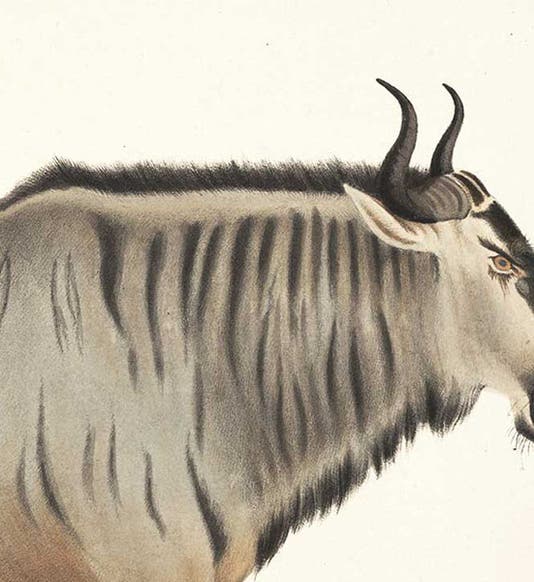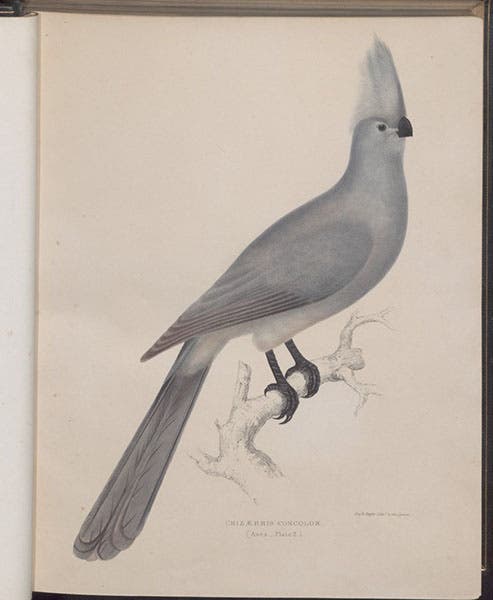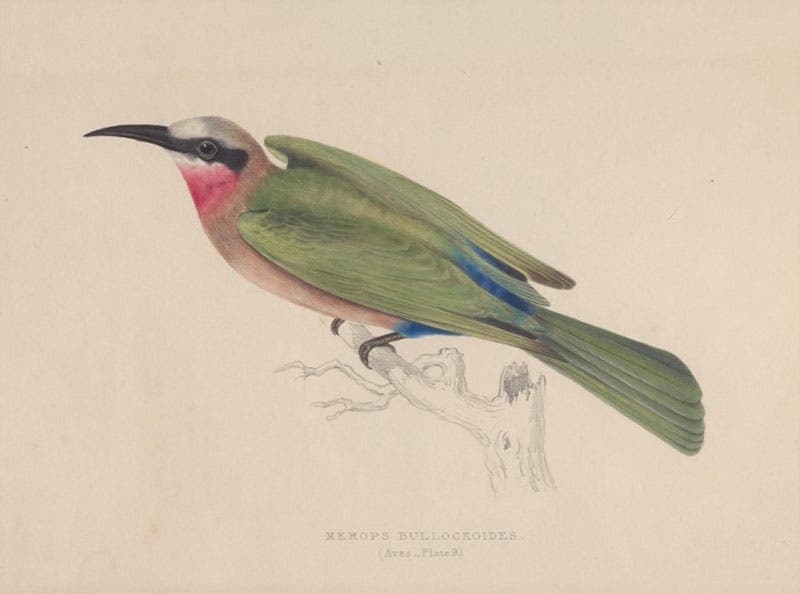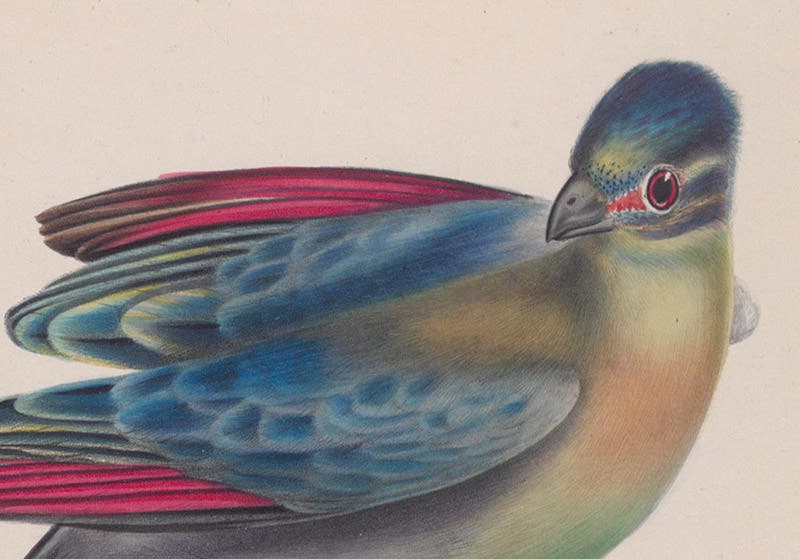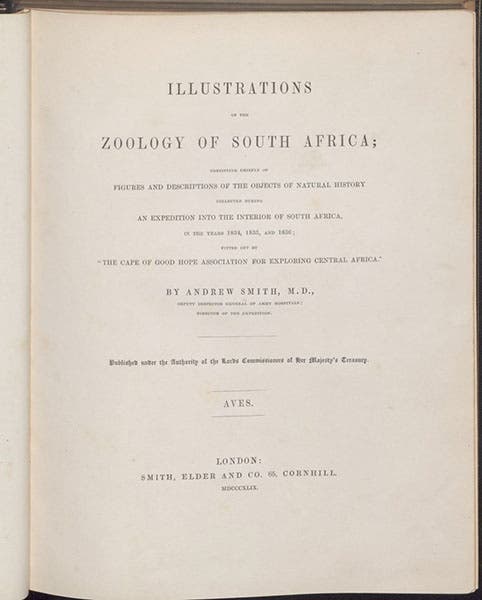Scientist of the Day - Gerald H. Ford
Gerald H. Ford, a British illustrator, was born in 1809 and died in 1896. We have no idea of his birth date or date of death. In the past, that would have excluded him from the ranks of Scientist of the Day, which requires a date of some sort to celebrate. Recently, however, as we begin to run out of anniversaries to celebrate on certain days, we have relaxed our requirements, so that Gerald H. Ford, and Hans Schlottheim (four days ago, Apr. 8, 2021), and Francis Hauksbee (Apr. 2, 2021) could enjoy well-deserved moments in the spotlight.
Gerald H. Ford (we will continue to use the middle initial to avoid confusion with Gerald R. Ford) was a superb animal and bird artist, nearly the equal of Elizabeth Gould, so one would think that some biographical information would be available, but if it is out there, it has avoided my searches. I first encountered Ford when I was preparing an exhibition description for a volume by Andrew Smith, Illustrations of the Zoology of South Africa (1838-49), the volume on Mammalia, for our exhibition The Grandeur of Life (2009), which celebrated the Darwin bicentennial. The hand-colored lithographs of mammals are just gorgeous, but they are unsigned. Smith in the preface credited them to Gerald H. Ford but did not discuss him any further. In the exhibition catalog, I mentioned Ford as the artist, but I said no more about him, because I knew no more, and still don't. We begin our post with a close-up view of Ford’s lithograph of a wildebeest from the mammal volume and the exhibition. I have also written a post on Smith, where you may see several more of Ford’s paintings of South African mammals.
Today we will feature Smith’s volume on birds, Aves, which was also illustrated by Ford. We begin with what Smith calls Chizaerhis concolor (second image). Since many of Smith’s generic names are no longer in use, we will abandon them from this point and just use common names, which in the case of this first bird, is the grey go-away-bird. The second bird lithograph shows a white-fronted bee-eater (third image, above). Each of these lithographs is hand-colored, which you will appreciate in our third selection, a close-up of a purple-crested curaco (fourth image, just above). And our final choice is also shown in close-up, a mangrove kingfisher (fifth image, just below). If you compare Ford’s birds to those of Elizabeth Gould, you may (or may not) agree that Ford’s artwork is of the same class as that of Mrs. Gould.
Ford’s animal and bird paintings also appeared regularly in the pages of the Transactions of the Zoological Society of London (along with images by John and Elizabeth Gould and Joseph Wolf). We show here, as a change of pace, a charcoal drawing that he did of a spectacled caiman for a paper by John Edward Gray on South American crocodilians (sixth image, just above).
Our final image simply shows the titlepage of the volume on birds in Smith’s Illustrations of the Zoology of South Africa. It illustrates by its silence the unhappy lot of many book illustrators in Victorian England. There is no mention anywhere of Gerald H. Ford.
Dr. William B. Ashworth, Jr., Consultant for the History of Science, Linda Hall Library and Associate Professor emeritus, Department of History, University of Missouri-Kansas City. Comments or corrections are welcome; please direct to ashworthw@umkc.edu.

